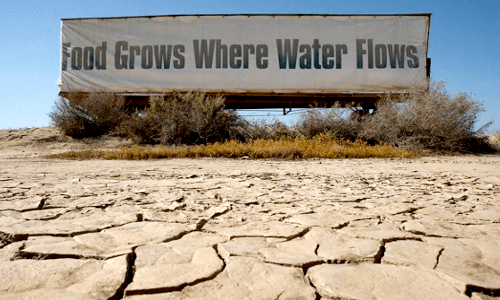Below is a statement by Mike Wade, Executive Director of the California Farm Water Coalition.
An updated study released today by the California Department of Food and Agriculture and the UC Davis Center for Watershed Sciences provides a glimpse of the consequences of water supply shortages for the state of California. These effects will be felt as escalating unemployment, substantial economic loss and ongoing future water supply shortages.
“We expected the numbers to increase from the previous report released in May,” said Executive Director Mike Wade of the California Farm Water Coalition. “As the growing season continues, the numbers may go even higher.”
Updating the previous report, researchers underscored the importance of having sufficient surface water deliveries to replenish the groundwater being utilized by farmers to survive this unprecedented drought.
Increases in estimates of drought-related unemployment bring levels to approximately 2.5 times those experienced in the drought of 2009. The report also raised estimated losses to the state economy to more than $2.2 billion in 2014.
Impacts will be primarily focused in some of the state’s most vulnerable regions, particularly those regions serviced by the Central Valley Project and the State Water Project.
The report also warns that there is a better than 50 percent chance that water supply shortages may continue into next year, regardless of potential El Nino weather events.
Farmers are being forced to dip into groundwater savings, as well as turning to water transfers to weather these shortages.
“Farmers would prefer to be using the surface water they are paying to receive, but they have been forced to turn to groundwater supplies to offset the loss of 6.6 million acre-feet of water from surface supplies curtailed by drought and regulations,” said Wade. This loss of water illustrates the failure to upgrade a water storage and delivery system that was built when California’s population was only 23 million. We must prepare today for the growth we know is coming.
“Farmers, are using all the tools they have available, and have also turned to water markets to purchase available water. This water is coming at prices that are climbing toward $2,000 per acre-foot; instead of the normal $100-200 per acre-foot cost.
“California cannot withstand future years of drought without an improvement in its water infrastructure. At the same time, more common sense must be applied to regulations that keep water away from farms, people and businesses.”
###


